Investments in solar energy innovations are not dead! Remember those weird and wonderful solar energy harvesting tulips planted in Israel and Spain? Seen miles away the sky-high tulips have found a new commercial home – in Ethiopia, the company announced last week in a press statement.
We’ve covered Aora over the years and thought possibly that this CSP, or concentrated solar thermal power innovation didn’t grow. We were wrong.
The Ethiopian Government, looking for resilient off-grid systems, is now piloting Aora’s system for sustainable development.
Aora’s tulips collect solar energy from 50 small mirrors and then focus the energy to heat oil and air, creating pressure to drive turbines in the tulips. The turbines create electricity. The solution runs without steam and water, important for off grid locations where there is no water.
We all may know that Ethiopia has grand ambitions to grow its economy fast and is creating the Renaissance Dam to hold back water from Egypt’s Nile to create hydro power. But even when this goes online, getting the power to the people through the grid can take 20 years or more.
This is where Aora’s solution may help:
Rural communities and villages in Ethiopia, and all over Africa for that matter, have not been able to develop themselves due to inefficient access to electricity. This affects the daily lives of people, from needing power to run schools, hospitals, and industry, to providing refrigeration for food processing and post-harvest storage.
Aora’s solar tulips collecting solar power in Samar, Israel
We see solar power solutions for Africa out there already like Nova Lumos which has a novel business model to provide solar power for phones and limited residential use (individual units). Where people are poor and not able to invest in the one time fee, Nova Lumos lets people pay in increments – for the energy and system through the phone. Read here about how Nova Lumos from Israel puts power pimps out of business in Africa.
Aora however operates on the community or village level, giving electricity even during cloud cover or rainy days where the unit switches seamlessly to biofuels.
Unlike huge CSP systems (think Brightsource – also from Israel) Aora needs less than acre, or 3,500 square meters per module. Each module can provide 100kWh of solar electricity as well as 170kW of thermal power. The system’s heliostats follow the sun.
Built to be off grid the Aora system doesn’t require intensive investment to hook it up to the energy grid, nor does it require expensive energy storage operations since it can be hybrid and run on alternative power when the sun doesn’t shine.
The Aora systems are modular and farms of Aora tulips can be connected to generate larger amounts of power, together.
How Aora solar energy works in residential areas. So pretty!
[youtube]https://www.youtube.com/watch?v=e9qO33wGgVM[/youtube]
“Upon a successful pilot of this site, the Ethiopian government plans to expand deployment of AORA’s system to other off-grid communities in rural areas of the country. Each module produces 100kW of solar electricity and 170 wW of thermal power that can be harnessed for many applications including heating and cooling/refrigeration.


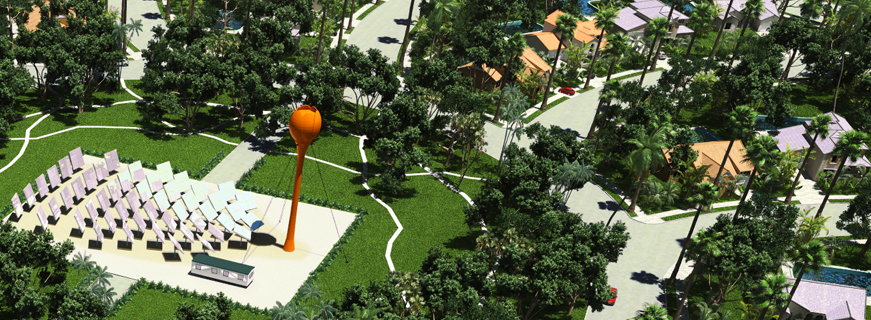
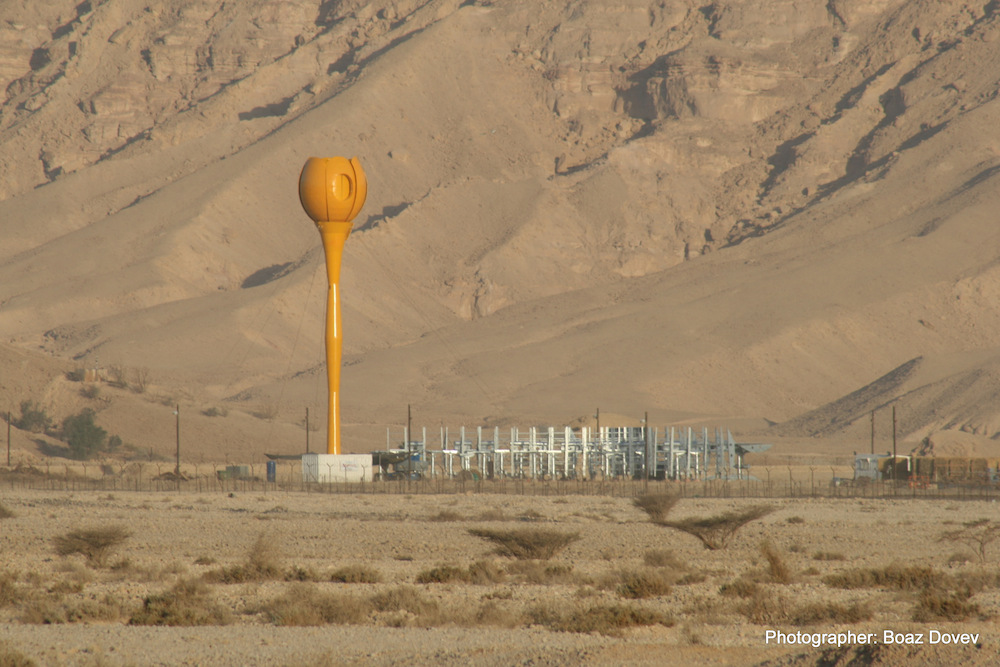
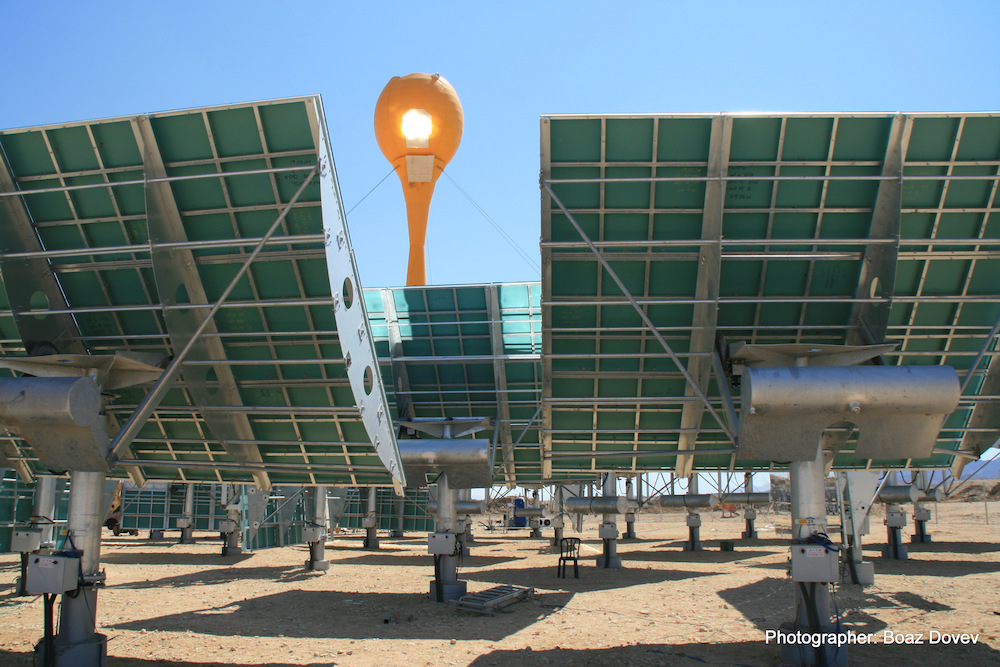
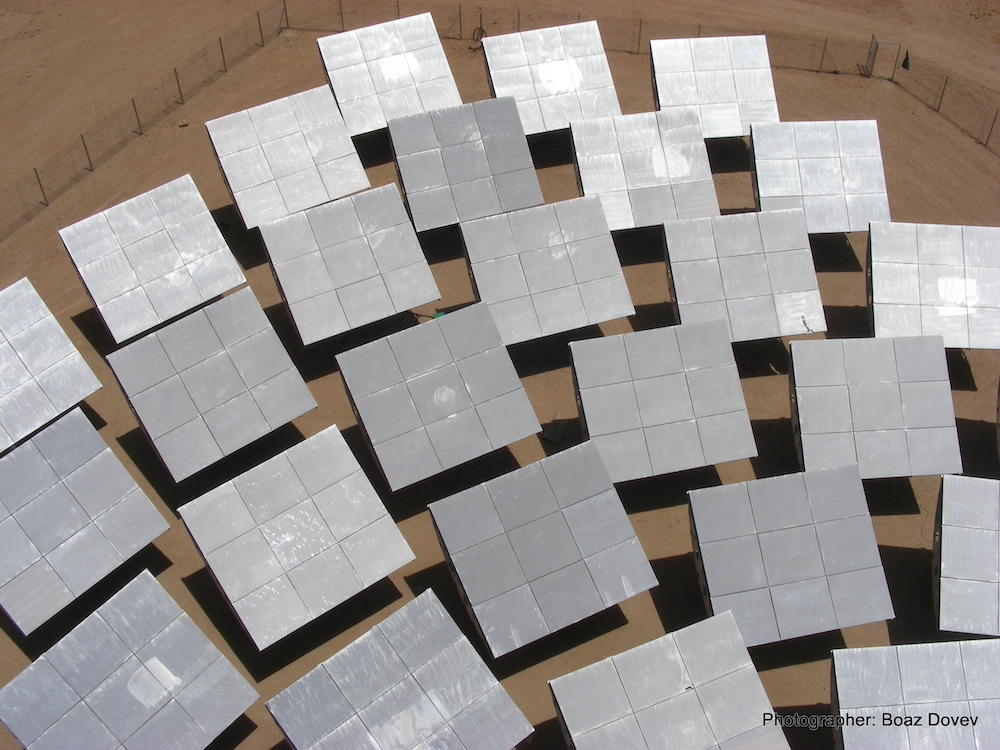
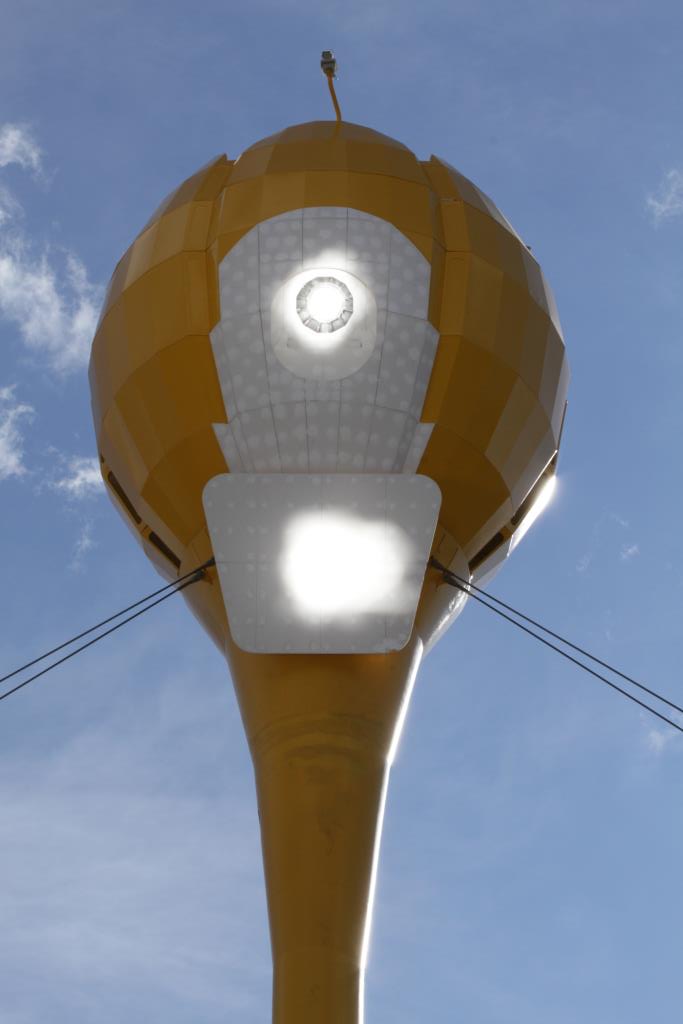


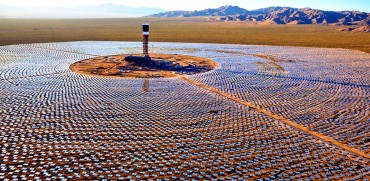
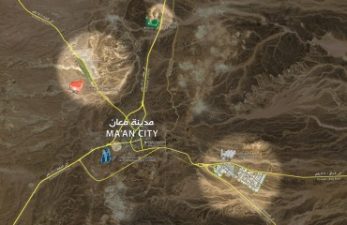

nice, the facility scale is good but the reporting on the Nile is not an professional.
Why not?
Because in the article you wrote “Renaissance Dam to hold back water from Egypt’s Nile “. Egypt doesn’t own Nile. Ethiopia contributes more than 80% of the water. If you mention ownership (which is not necessarily relevant), Ethiopia has the lion share
It is disgraceful to say “Egypt’s Nile”. It may be a mission, but a failed one. There are 9 Riparian Countries who contribute to the Nile, Egypt’s contribution being nil! You reminded me an event where a guide in Cairo “thought” us, visitors from Africa, Asia and Latin American countries that the Nile flows to the Mediterranean Sea after it has crossed into the Egyptian border. No mention of where it begins or travels. So have you not become a prey?
“creating the Renaissance Dam to hold back water from Egypt’s Nile to create hydro power”. Keep your shoe out of this. How hard is it to say the Nile. I didn’t know the Nile was Egypt’s. You are a false prophet Green. If it belongs to anyone it should belong to the country that contributes 85% of the water.